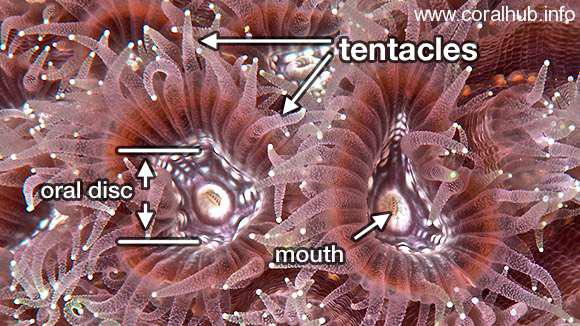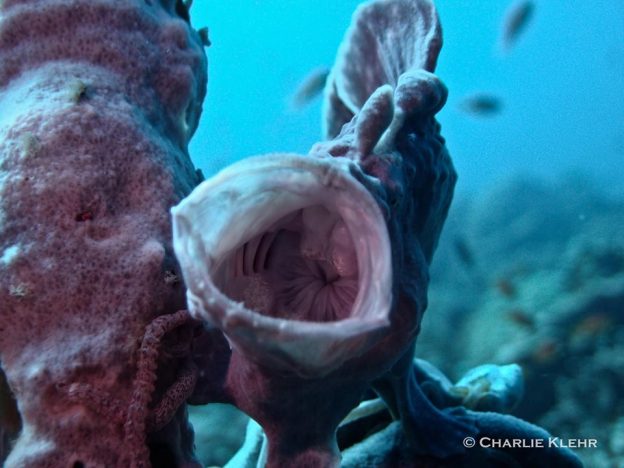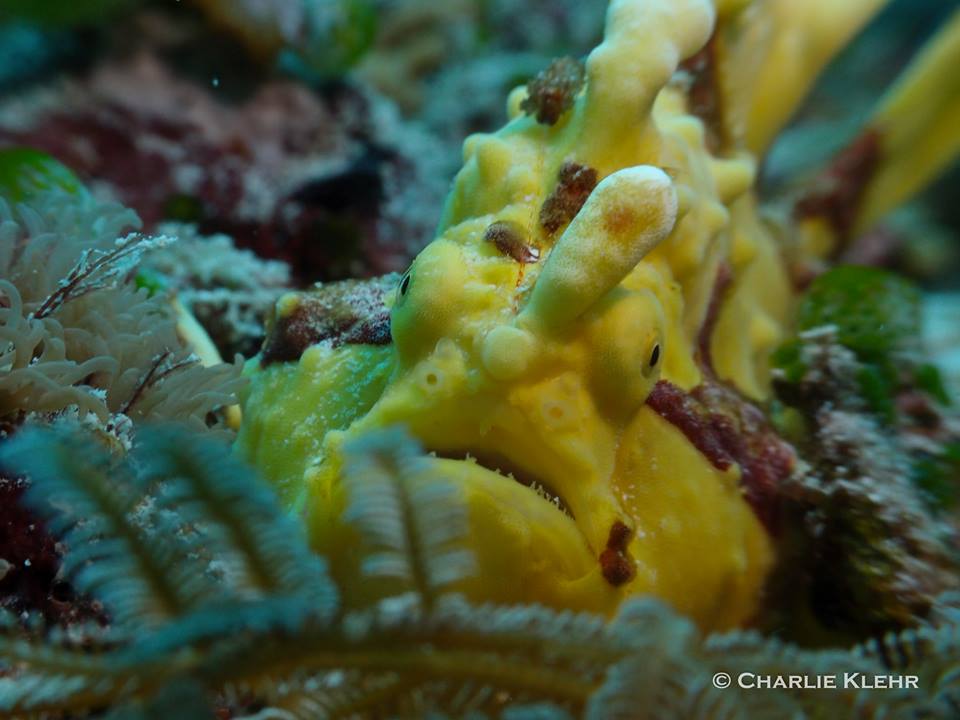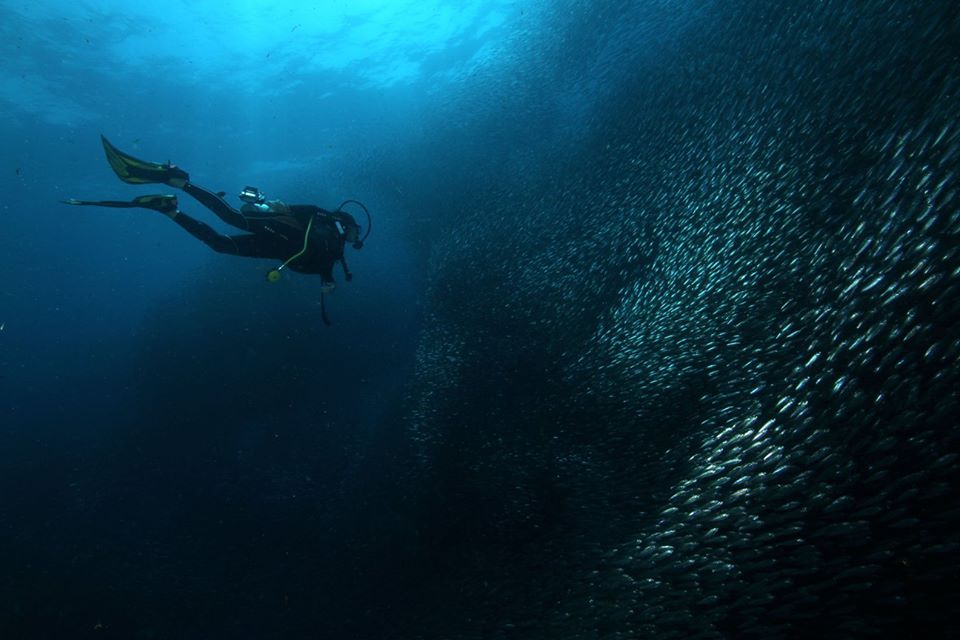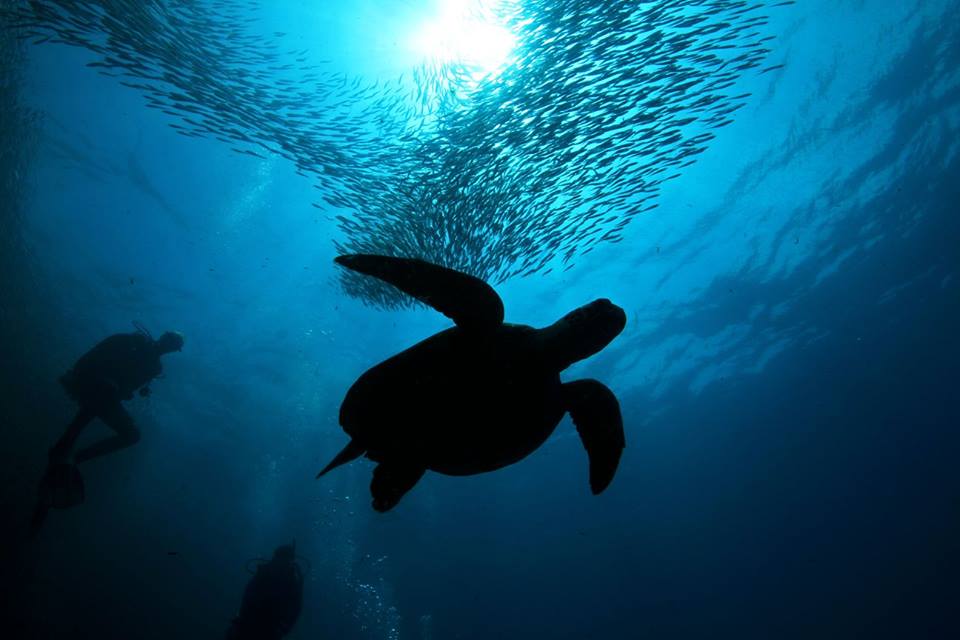Here at Quo Vadis Dive Resort, we think that being a diver carries more responsibilities than just diving and looking at fish. As soon as you get certified as a diver, you don’t just learn about safe diving practices, but your instructor should also have taught you about the importance of being a responsible diver in regards to the environment.
The surface of the world as we know it right now consists of 71% water, and the oceans hold about 96.5% of all Earth’s water. Rain forests are responsible for roughly one-third of the Earth’s oxygen, but most of the oxygen in the atmosphere is produced by marine plants. The production of oxygen in the ocean is created by plants (phytoplankton, kelp and algal plankton) that live in the ocean. Same as plants on land, the marine plants produce oxygen as a byproduct of photosynthesis. This process converts carbon dioxide and sunlight into sugars that the organisms use for energy. One specific type of phytoplankton (Prochlorococcus) releases vast amounts of oxygen into the Earth’s atmosphere. It is the most abundant photosynthetic organism on our planet.
Phytoplankton creates the base of the marine food chain. The health of all organisms in the ocean is directly related to the health of phytoplankton.

So how can we help to save our oxygen?
Save the phytoplankton!
How do we do this?
Decrease you impact on pollution by using less energy (go to work via public transportation or your old school bicycle), help protect habitats on land and in the ocean (donate to organizations that can make a difference or volunteer on land or in the ocean by doing clean ups), encourage others to stop over-harvesting ocean wildlife (talk about the negative effects in the ocean of consuming predatory fish and also the consistency of mercury in bigger predatory fish and personal health risks that are related to the consumption of a lot of fish).
Since you see what is going on as a snorkeler or a diver below the surface, you can personally help out by not only telling how amazing the marine life is, but also the changes that you might have seen already over the last few decades. Your pictures and stories can help others care as much as you about the ocean and their habitants, and hopefully through your stories you can educate others about the importance of protecting our oceans. You are a diver, snorkeler, and with it you are the most important ambassadors to help protect our oceans and oxygen.
Want to make a difference soon?
Come and join us on our Christmas reef clean up and by diving against debris we will donate 500 Php of the money you paid for the dive to PROJECT AWARE to help save our oceans. Find us on Facebook or simply e-mail and sign up! See you on the 22nd of December!
Written by Inge Leys – Quo Vadis Dive Center Manager


